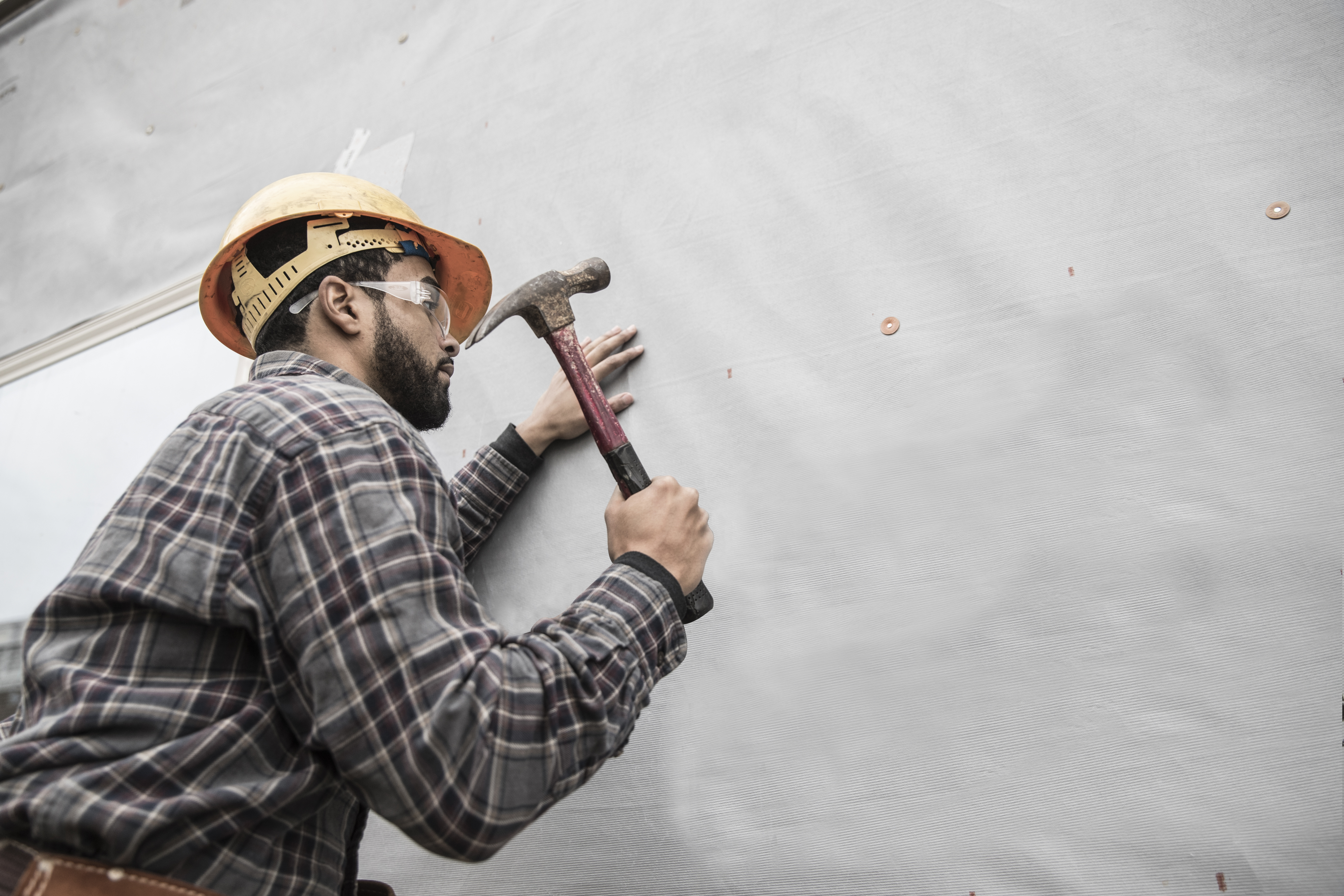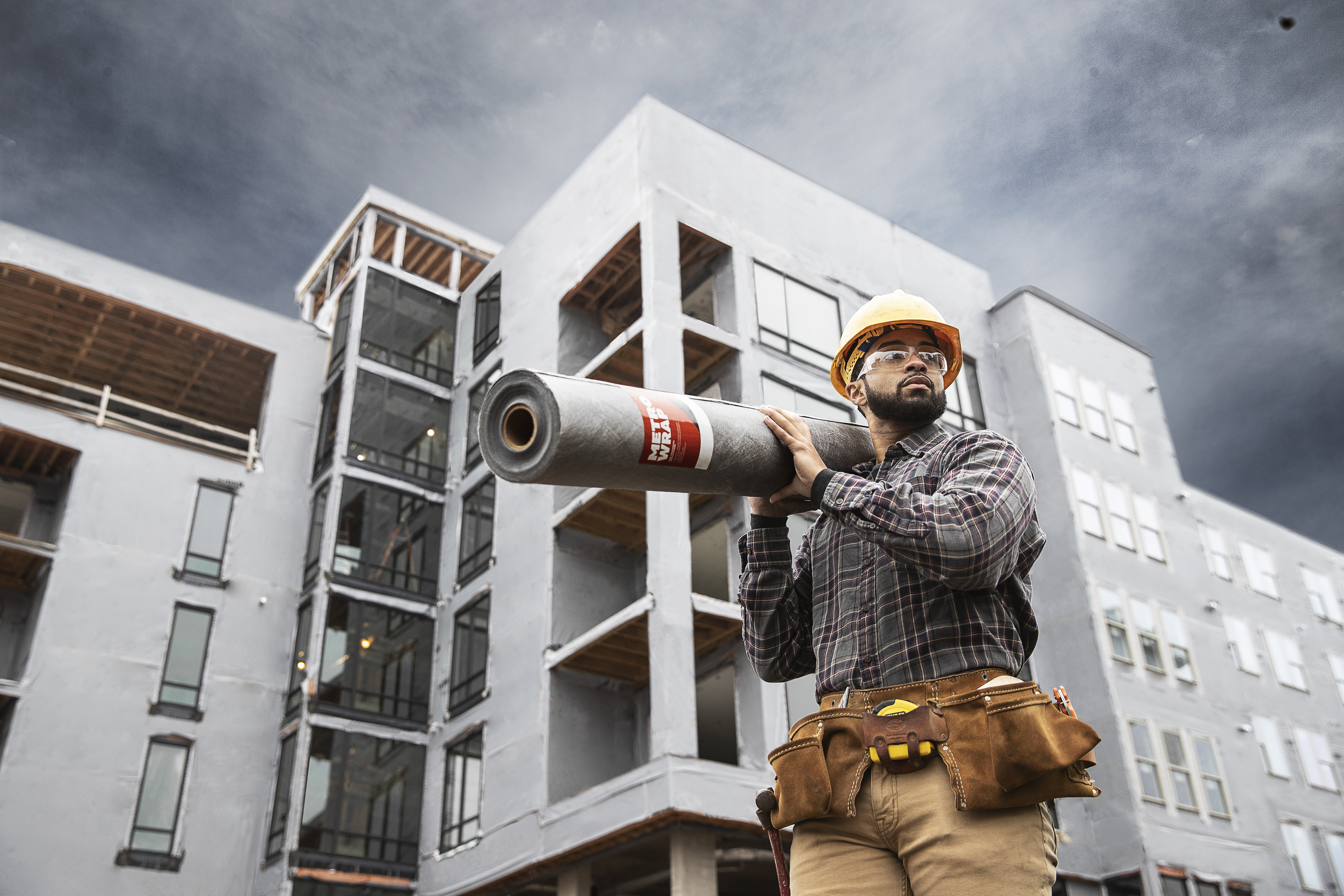Advanced Threats Met with Advanced Technology
Section 5: Durability and Functionality, Building Standards and HSW
A shift to well-being and health objectives in new construction
New construction is seeing a movement toward health, safety and wellness. While the COVID pandemic may be accelerating this, it is not a temporary shift. Consumers are looking for healthier homes and places to work.
During the pandemic, people have spent an unprecedented amount of time in their homes; many in the workforce found a way to work from home. According to recent surveys, roughly one-tenth of working-age adults in the U.S. are planning to move, and about 30 percent of Americans working from home are interested in moving in order to have a dedicated home office.
Builders offering high-performance homes have found that an emphasis on health and wellness benefits is a better way to convey value. While the shift still certainly includes energy efficiency, people have responded more to the acknowledgment of the desire for homes built for occupant well-being.

Builders are recognizing buyers’ desire for health and wellness benefits in new homes and buildings and using the best WRBs on the market.
WRBs are an essential part of meeting those needs in new buildings. These issues are driving new WRB solutions that meet bulk water blockage and drainage needs and also satisfy the requirements for today’s wall systems. A higher level of performance is expected, and it is critical to have greater control of interior environmental conditions.
WRB technology and ASTM and other requirements
The 2018 IBC in Section 1402.2 calls for exterior walls that “provide the building with a weather-resistant exterior wall envelope… designed and constructed [so] as to prevent the accumulation of water within the wall assembly by providing a water-resistive barrier behind the exterior veneer … and a means for draining water that enters the assembly to the exterior.”
According to Section 1403.2, a WRB comprises at least one layer of “No. 15 asphalt felt, complying with ASTM D226, Standard Specification for Asphalt-Saturated Organic Felt Used in Roofing and Waterproofing, for Type 1 felt or other approved materials … attached to the studs or sheathing.”
Several materials meet the ASTM air leakage requirement, but that doesn’t necessarily mean they will hold up in the field once installed as part of a system. A WRB material needs to withstand conditions of the jobsite and installation. It just takes one tear or unsealed connection to compromise an entire system.
Air barriers are increasingly being used in commercial construction because of awareness of their ability to support sustainable, comfortable buildings and because of changing codes, but not all air barriers are comparable in performance or design.
Section 6: Conclusion
WRBs contribute to health, safety and wellness for building occupants, and they are essential in protecting new buildings from the elements. They work best as part of a wall assembly in dry and tight wall cavities that drain outside and help keep the inside of the building dry. An examination of performance and features shows that a few products on the market offer cutting-edge drainage features that best address durability, as well as providing environmental and health benefits. WRBs are an essential step in the construction of new buildings in a variety of climates, but it is up to the builder to employ experience and research based on the area and type of structure, and in the end, to use good judgment.










